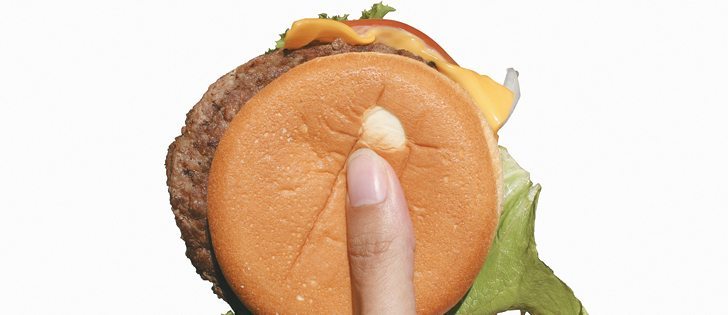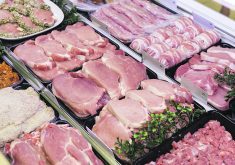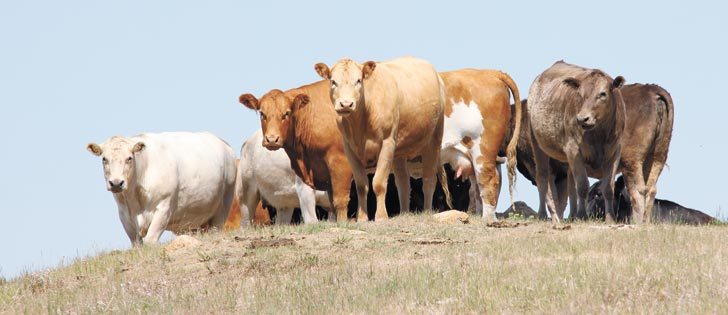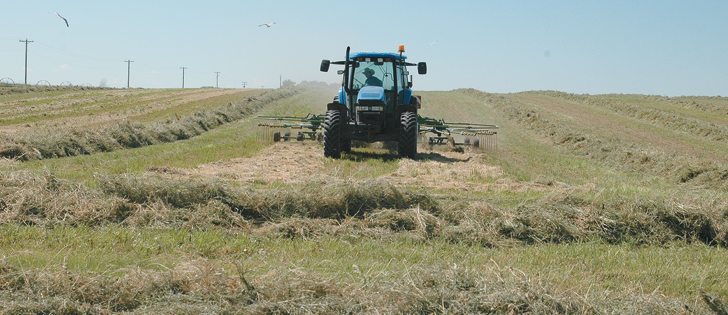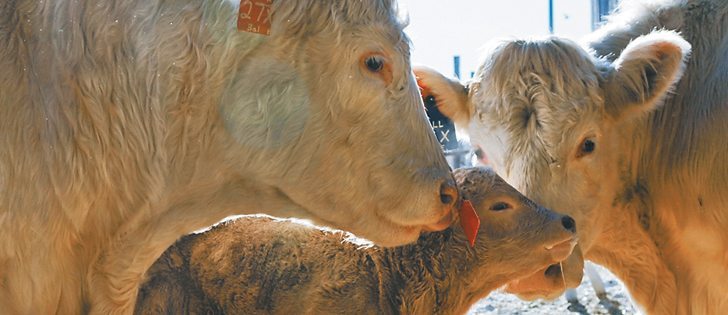SAN ANTONIO, Texas — The beef industry talked for years about the need to offer more convenience to consumers without realizing that the perfect product was there along.
Ground beef is no longer a second-class product, but instead is increasing in value, says market researcher John Lundeen of the National Cattlemen’s Beef Association.
“We have been able to price ground beef very well,” he told at the cattlemen’s college held during the NCBA’s annual convention in San Antonio, Texas, Feb. 3-7.
Nine billion burgers were sold in American restaurants last year, which included everything from fast food joints to dining rooms.
Read Also

Flax sector sees omega-3 opportunity
SASKATOON — A global shortage of omega-3 oils could be an opportunity for the flax sector, says an industry official….
Restaurants buy eight billion pounds of beef each year, and five billion lb. are in the form of ground beef.
One billion lb. of steak are sold to restaurants.
As well, $35 billion worth of beef was sold at the wholesale level last year. Of that amount, ground beef fetched $13 billion, an increase of $1.2 billion from 2013.
Whole muscle cuts were worth $5.32 a lb. at the retail level in 2012, which increased to $6.04 last year. At the same time, ground beef increased to $3.96 a lb. from $3.43, a 15 percent increase price.
Lundeen’s market research team surveyed consumers to see why they enjoy ground beef and found the No. 1 reason to be that it appeals to the entire family.
It has become a staple item in many kitchens and can be easily made into a variety of dishes, such as burgers, meat loaf, chili, tacos, meatballs, lasagne and spaghetti sauce.
Imitation is the sincerest form of flattery, and substitutes made from turkey, soy, chickpeas and even crickets have been offered recently.
“It is a tribute to our success,” Lundeen said.
“I believe we are going to see more of these folks trying to do an alternative to the hamburger patty.”
A Rabobank paper last year called Ground Beef Nation said the U.S. industry should avoid producing so much quality grain-fed beef and concentrate on producing cattle more suitable for grinding.
The paper said the industry can make itself more efficient and competitive by raising one-third to one-half of the young animals that are targeted for slaughter primarily for ground beef. They could go on a higher roughage diet that is more cost effective.
However, consultant Tom Brink, said the U.S. should remain a fed beef nation.
Beef occupies 26 percent of total market share, but collects 50 percent of the wholesale meat revenue. Pork is 28 percent but collects 17 percent of the revenue. Poultry has 48 percent of the share but receives 32.9 percent of the revenue.
“We are able to get paid a much higher price because we can compete not so much on price but taste and quality,” he told the cattlemen’s college.
Today’s structure pays producers more money for high quality animals that grade Choice or Prime.
The industry does not want to devalue younger animals with potential for premiums earned from grids or branded programs by shifting over to cow market values, where the culls are sold primarily for grinding.
Consequently, the premium on fed cattle over cull cows is getting larger.
Seventy percent of fed cattle are sold on grids, and cattle are kept on feed longer to achieve heavier live weights. The costs of gain are higher and there is more back fat and larger rib eyes. However, the payoff comes from increased marbling and higher quality grades.
The seller nets an increased profit per head despite the other inefficiencies, he said.
Short feeding cattle at 88 days compared to 175 days requires higher break-even prices. Carcasses are lighter and leaner with a higher cost of production per pound.
Packers used to discount heavy carcasses that surpassed 950 lb., but grids have become willing over the past three to five years to accept 1,049 lb. carcass weights.
“Cattle feeders have gotten very good at feeding cattle for grids. They can adjust,” he said.
Packers deconstruct cattle and use every piece for its maximum value. They know what is going on in the ground beef market and will direct more cuts into the grind when the economics are right.
Chucks, round and shoulders may be ground if they are lean enough to provide more value.
“The average of the 10 cuts over the last 10 years showed 14 percent of the time it was economical to grind these most commonly ground cuts,” he said.
“We can always produce more grinds if the market tells us to, and in 2014 we did.”
Those cuts were more valuable in other years as whole muscle products.
“We are a fed beef nation and ground beef nation, but we are focused on our younger animals,” he said.
“We are absolutely focused on fed beef for economically driven reasons.”
Contact barbara.duckworth@producer.com


